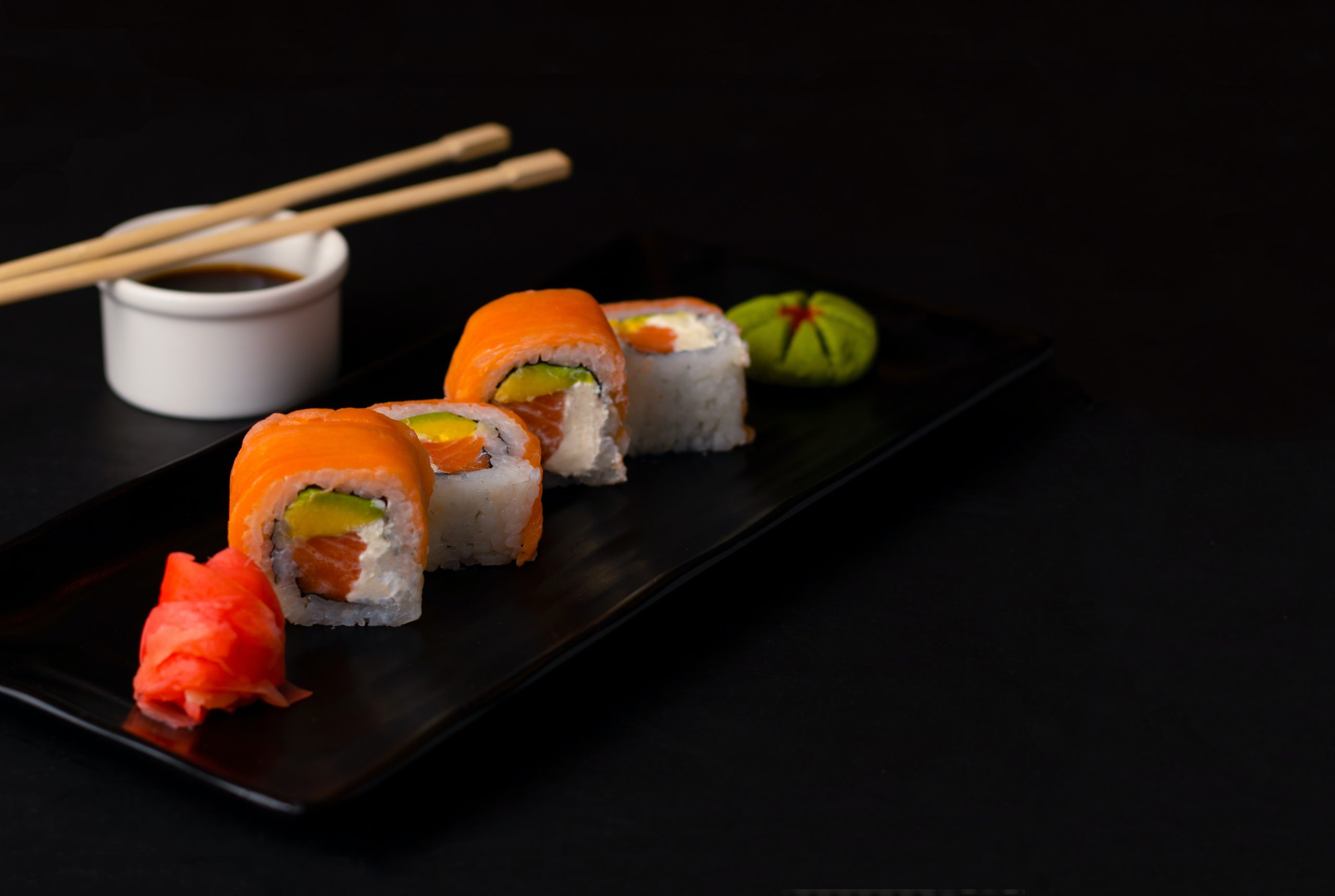Sushi is a beloved Japanese dish that has become a popular cuisine around the world. This delicious and delicate food is an art form in itself, requiring precision, technique, and the finest ingredients. From perfectly cooked sushi rice to expertly sliced raw fish, there are many aspects to creating the perfect sushi roll. In this article, we will delve into the art of sushi, exploring rolling techniques, sourcing quality fish and ingredients, and more.
Sushi rolls consist of sushi rice and various fillings, wrapped in nori seaweed. To begin, it is important to prepare the rice correctly. High-quality sushi rice should be used, and it should be rinsed thoroughly until the water runs clear. After adding water to the rice, it should be cooked in a rice cooker or on the stovetop until tender. Once the rice is cooked, it should be seasoned with a mixture of rice vinegar, sugar, and salt, creating a slightly sweet and tangy flavor.
When it comes to the fillings, the possibilities are endless. Common fillings include raw fish, avocado, cucumber, crab meat, and tempura shrimp. It is important to use high-quality ingredients and to slice them thinly and uniformly for the best results. When slicing fish, it is important to use a sharp knife to ensure clean cuts that do not damage the delicate flesh.
One of the most important aspects of sushi making is the rolling technique. The nori seaweed should be placed shiny side down on a bamboo sushi mat, with a layer of rice spread evenly over the surface. The fillings are then placed on top of the rice, and the roll is tightly rolled up using the bamboo mat. It is important to apply even pressure while rolling to ensure a tightly packed roll. Once the roll is complete, it should be sliced into bite-sized pieces using a sharp knife.
Sourcing quality fish and ingredients is crucial to creating delicious and authentic sushi. When selecting fish, it is important to choose fresh, high-quality cuts. The fish should have a mild, clean aroma and bright, clear eyes. It is also important to consider sustainability when selecting fish, opting for species that are not overfished or endangered.
In addition to traditional sushi rolls, there are many creative variations and fusion dishes that incorporate elements from other cuisines. Some popular examples include sushi burritos, sushi bowls, and sushi pizza. These dishes often feature non-traditional ingredients such as avocado, spicy mayo, and crispy tempura.
The art of sushi requires patience, precision, and an eye for detail. Whether you are a sushi enthusiast or a professional chef, there is always room for improvement and experimentation. With the right ingredients, techniques, and creativity, anyone can create delicious and beautiful sushi rolls that are sure to impress.
In conclusion, the art of sushi is a fascinating and delicious journey that requires skill, patience, and a passion for quality ingredients. By following these tips and techniques, you can elevate your sushi making skills and create unforgettable dishes that will leave a lasting impression on your guests. So, why not try your hand at making sushi today and discover the joys of this beloved Japanese cuisine?




